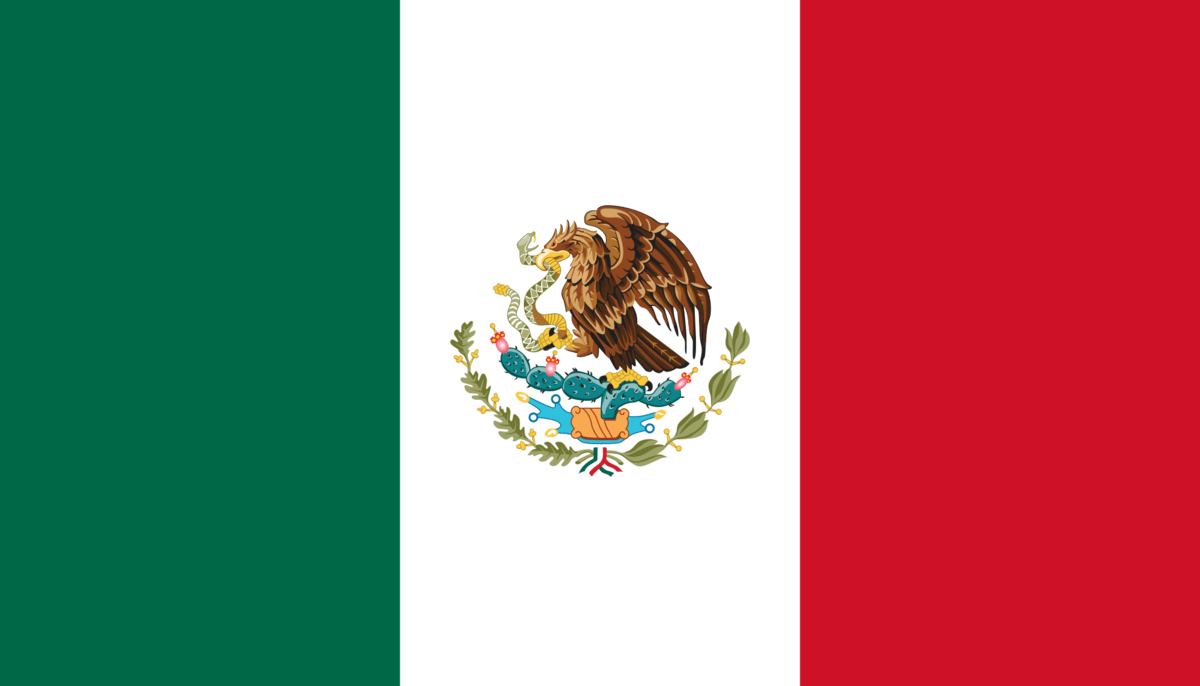Today we will learn how to use the Spanish verb dejar when it means to leave somebody or something in/at a place we are not in/at anymore. This use of the verb can have a concrete or metaphorical meaning, and we will look at instances of both.
Learn the concrete meaning of dejar
When we leave an object or a person in a physical place, we can use dejar + person or object + place to talk about it. Let’s see how this works with the following examples:
Tip: Click on any of the linked sentences in this article (while on a mobile) to add them directly to your Fluent Forever app, so you can study them later. Don’t have our app yet? Download it here!
- Dejé mi abrigo en la tintorería porque tenía una terrible mancha. (I took my coat to the dry cleaner’s because it had a terrible stain.)
- Con mi carro, te puedo dejar en el puente para que tomes un transporte público. (With my car, I can drop you off at the bridge so you can take public transportation.)
- El mesero se acercó y rápidamente dejó la cuenta en la mesa. (The waiter came and quickly left the check on the table.)
Using dejar in the metaphorical sense
In a similar fashion, we can use dejar to talk about people or things that are not with us anymore, even if the places we left them at are not physical or real. In this case, dejar refers to giving something or someone up.
Let’s look at these sentences to understand the concept better:
- Hace muchos años escogí la bicicleta como medio de transporte y dejé atrás los motores y el uso de gasolina. (Many years ago, I chose the bicycle as my means of transportation, leaving motors and gas behind.)
- Cuando vi a mi prometido con una mancha de labial en su abrigo, decidí dejarlo. (When I saw my fiancé with a lipstick stain on his coat, I decided to leave him.)

Image by Gisela Merkuur from Pixabay
Easy, right? Now, are you ready to take some time to practice on your own? Great! Then let’s get straight to it.
Imagine that you need to pack for a three-day trip, but your suitcase is very small. What are the things you can leave behind and won’t miss on your trip? Complete the following sentence with the objects you don’t need:
- Para este viaje, puedo dejar ____ en casa. (For this trip, I can leave ____ at home.)
Good job on the use of the verb dejar! Now let’s continue learning!
Written by Isabel Matos





